For me, who has devoured her books for years and considers her the “American Jane Austen”, I was surprised that only in 2016 the Smithsonian Magazine recognized Edith Wharton as one of the most important American women of all time. After all, she is a Pulitzer winner (with The Age of Innocence considered her best) and her books have been translated into multiple languages. Her last novel was The Buccaneers, which she left unfinished, and which is about to become an Apple TV Plus miniseries.
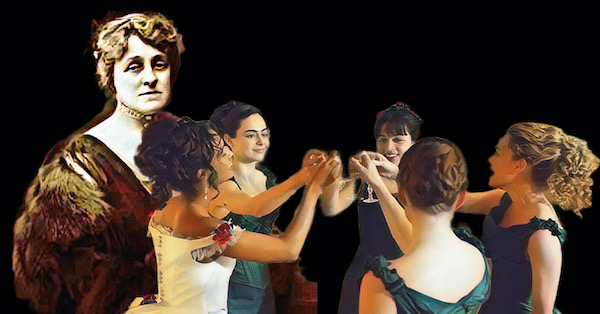
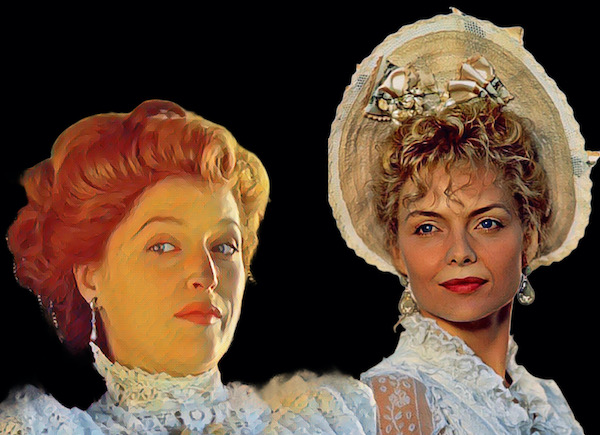
Like Jane Austen, Edith wrote about what she knew best. After all, she was from a wealthy and traditional family, part of the ‘aristocracy’ of New York, and her description of how society worked is firsthand testimony, not imagination. As she herself says in The Age of Innocence, the streets of New York are straight and numbered, but the social rules are not. Etiquette, behavior, clothes, manners, friends, how and when to speak, everything followed a rigid norm where women had no voice or could – nor should they – make themselves heard. Marriages were arranged like the fine dining tables and balls they attended. The oppressive social theater.
Edith’s sensitivity and intelligence are clear in her texts, detailed and direct. She disliked formality or falsehood, signs of superficiality and prejudice. Madame Olenska and Lily Bart are her tragic heroines and victims of this framework that is also the setting for The Gilded Age, which is not one of her books but could be.
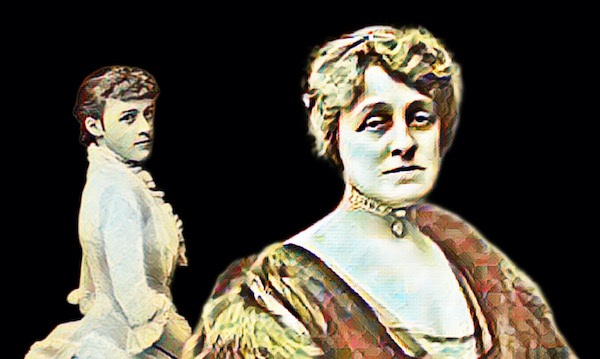
Born in New York on January 24, 1862, as Edith Newbold Jones, she had the nickname “Pussy Jones” and grew up in comfort, as her family was wealthy and socially prominent. Edith is so elite that the expression still used in English today – do like the Joneses – is a reference to her family, the Joneses, one of the oldest in Manhattan and a leader in society. Do you know Caroline Schermerhorn Astor who is lived by Donna Murphy in the HBO series? Well, she was Edith’s cousin on her father’s side. And on her mother’s side, she was also the elite of the elite. Fort Stevens, in New York, was named so because his great-grandfather was one of the most important generals in American Independence. Still, she was rebellious in criticizing every system in her works.
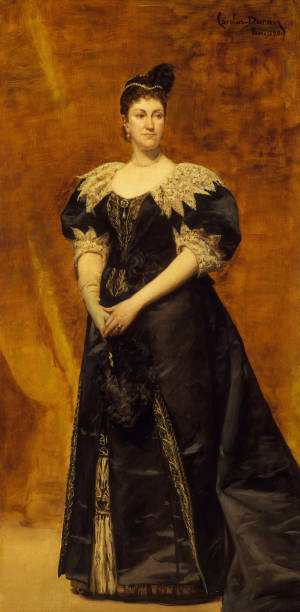
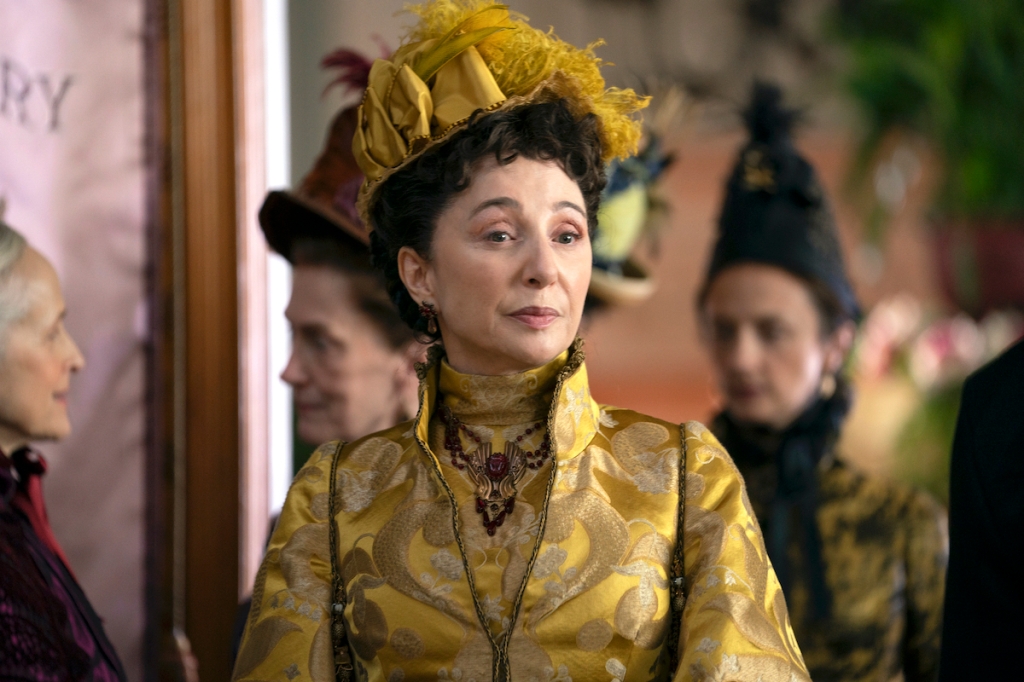
Even though she was born during the Civil War, her family maintained their wealth and she traveled frequently to Europe, where she learned to speak French, German, and Italian. She spent her summers in Newport, Rhode Island, and although she had all the education expected of a young woman in her position, she resented everything. Books were her refuge, she later wrote 15 novels, 7 novellas, 85 short stories, and various poetry and non-fiction. At age 20 she got engaged, but officially her intellectual profile caused the breakup.
Before marrying Teddy Wharton – and being unhappy for 28 years – Edith fell in love with a man who never wanted to marry her, Walter Van Rensselaer Berry, a friend of hers and with whom she is buried. Clearly, he was the inspiration for Lawrence Selden from House of Mirth, although it is Newland Archer from The Age of Innocence who is often touted as Edith’s alter ego.
Writing was her escape from a materially comfortable but intellectually frustrating life, and only at the age of thirty did she become officially a writer. Her fictional stories were scathing about everything she hated: hypocrisy, materialism, vanity, and even more the cruelty of the privileged.
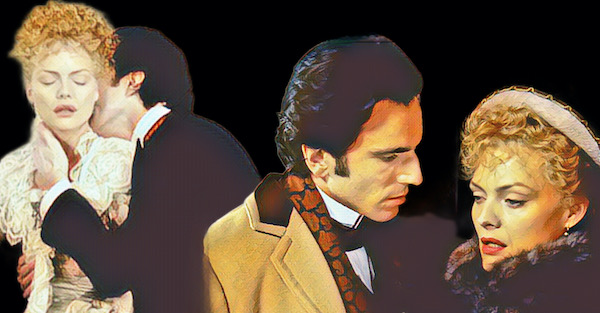
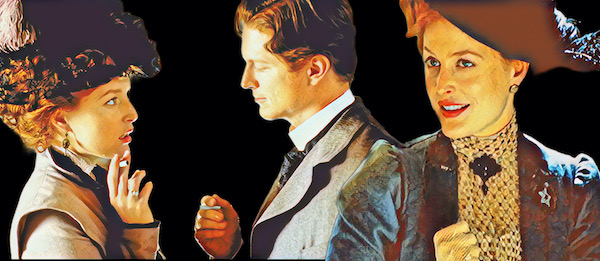
Edith found passion outside of marriage when she fell in love with bisexual journalist Morton Fullerton of The Times, with whom she was a lover for some years. At different times in her life, she preferred to stay in Europe and was living in France during the First World War, where she led initiatives to help refugees and war victims, writing articles for magazines and even being awarded the French Legion of Honor in 1916. She broke a taboo by being the first woman to win the Pulitzer Prize for Fiction, in 1920, with her most praised book, The Age of Innocence. The last, The Buccaneers, was left unfinished and was released in 1938.
Historians like to point out that her literary legacy is precisely linked to the world she desperately tried to escape and passionately hated, exercising her freedom as she could: writing stories that stayed eternal. On June 1, 1937, the writer suffered a heart attack while at her country home in France. Two months later, on 11 August, she died in Paris of a stroke. Despite having been one of the best observers of New York’s golden years, Edith Wharton is buried in Versailles, France, far away from the city she immortalized but which did not live in her heart. But, yes, at her request, she is at Berry’s side. Some doubt how she managed to create love stories like those of Lily Bart and Lawrence Selden or Madame Olenska and Newland Archer? I am not.
In any case, the timelessness of Edith Wharton’s work comes from the keen mind of a woman whose modern soul knew that it was a complex period with an end date. She didn’t have to go through privations to question him, on the contrary, her wit to be inside that universe and still maintain her cynicism proves that all praise, awards, and immortality are more than fair. A nonconformist soul who recorded the golden cage of women and how it was possible to fly out of it.
Descubra mais sobre
Assine para receber nossas notícias mais recentes por e-mail.

3 comentários Adicione o seu